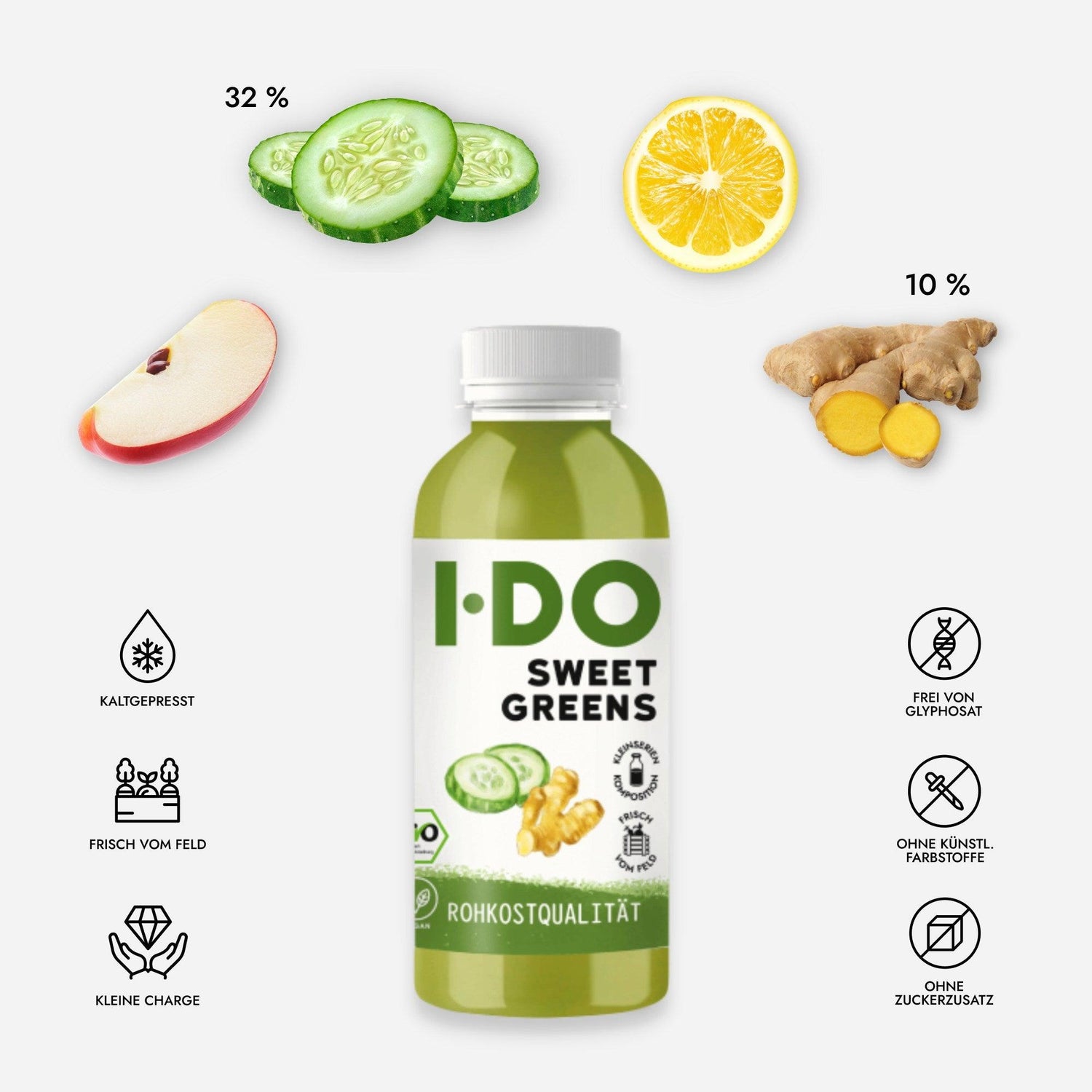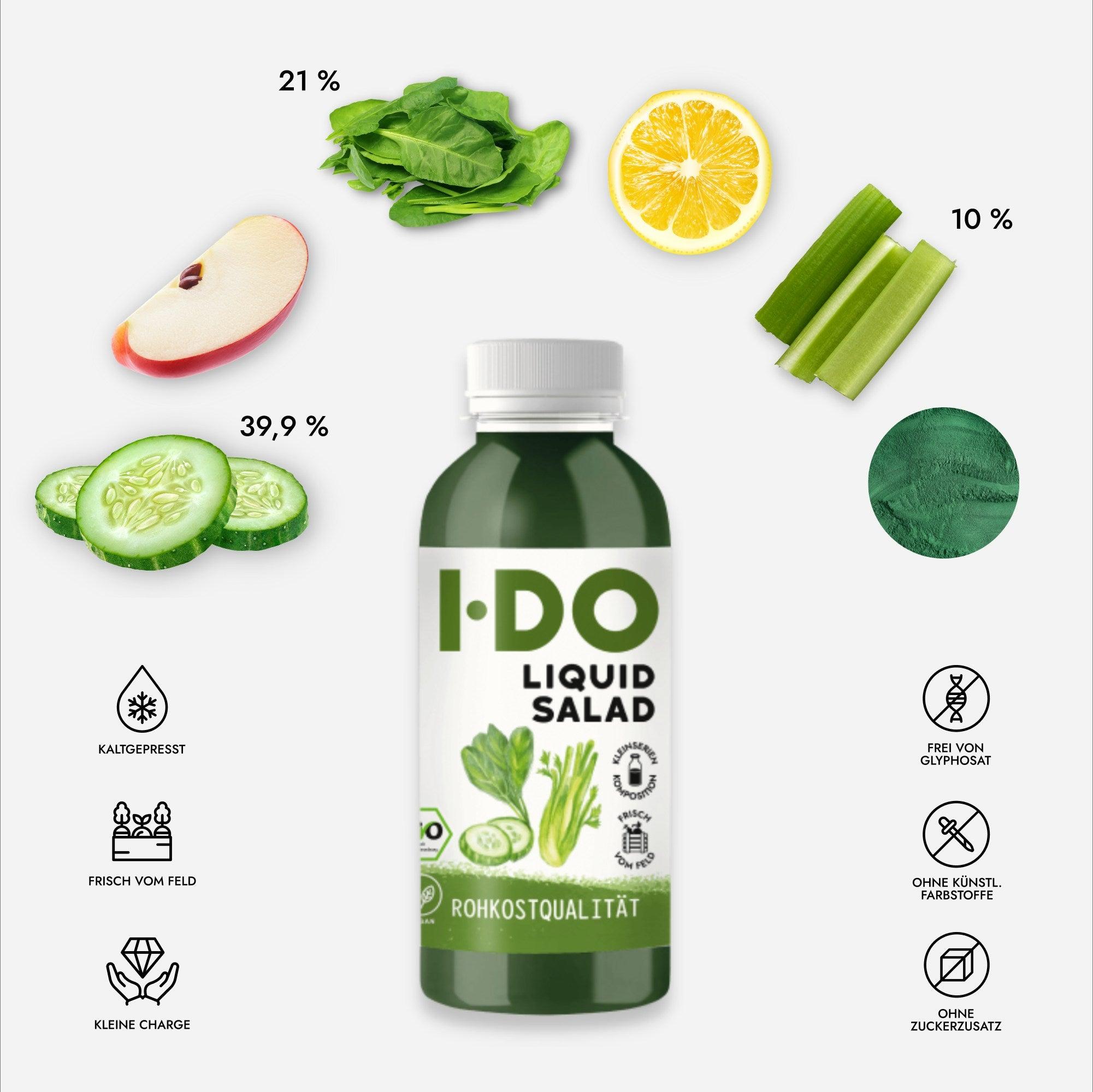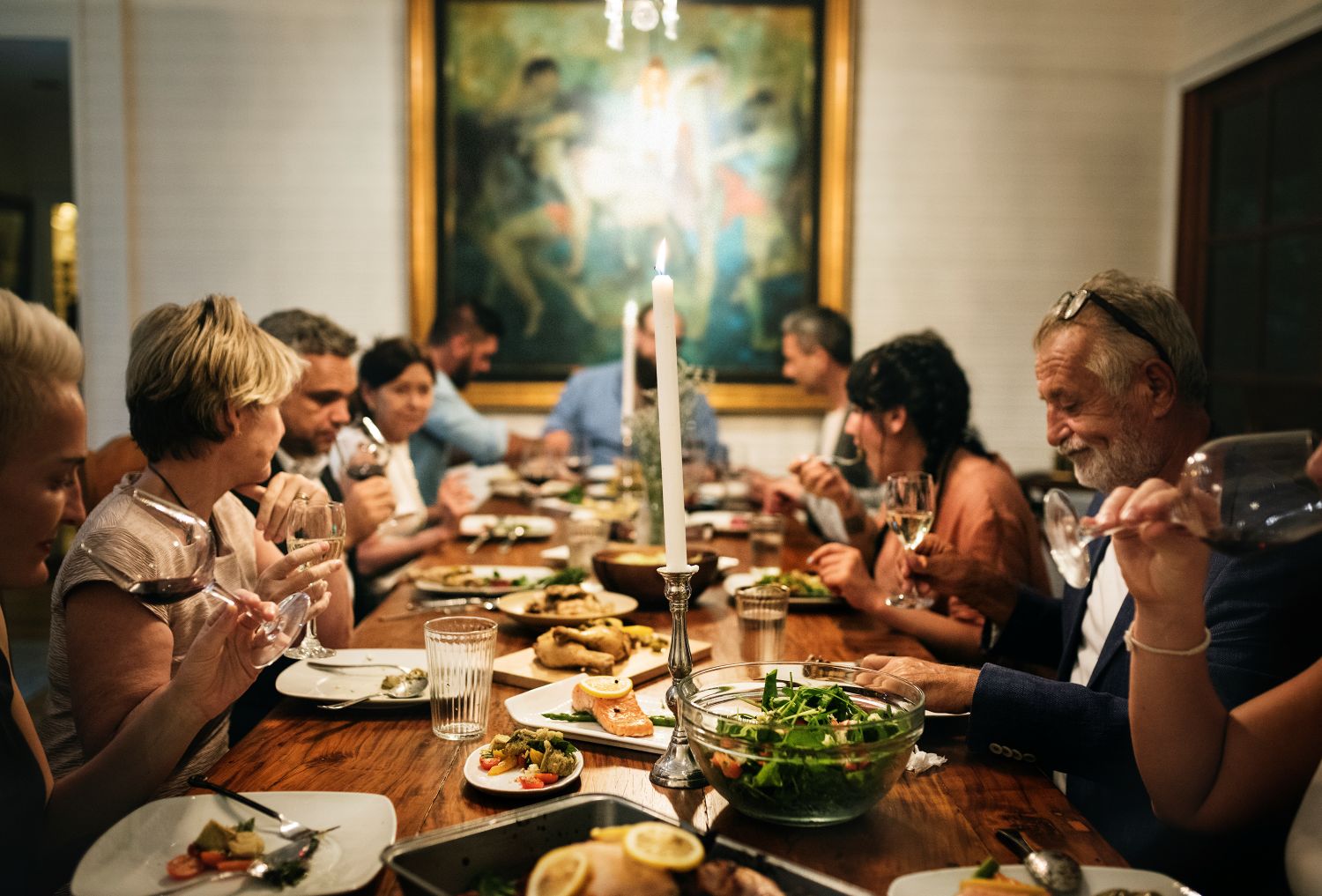

Intermittent fasting
Everything you need to know about the diet where you go without solid food for hours or days in your everyday life.
Some people follow the rules automatically from a young age, others completely unconsciously, and still others want to finally implement this form of nutrition themselves. What are we talking about here? The nutritional trend of interval fasting . Intermittent fasting is precisely the type of eating behavior that entices people with the idea that everything is allowed - just not at all times.
If you decide to do intermittent fasting, you can eat and drink whatever you want and how much you want. What makes it so special is that you only eat for a certain amount of time each day. How exactly is this principle to be understood? What are the advantages of this eating behavior and what should be considered? We explain and show you everything you need to know about intermittent fasting.
What forms of intermittent fasting are there?
The 16:8 method is probably the most common form of intermittent fasting and is often seen as the beginner's option.
It is the form that some people practice unconsciously, for example by skipping breakfast in the morning. The number 16 stands for the 16-hour window in which you do not consume any calories. This means not only no food, but also no soft drinks or other calorie-containing beverages. During the fasting period, only unsweetened teas, black coffee (please in moderation or decaffeinated if necessary) and, of course, water are permitted. You can then eat and drink for the remaining 8 hours. So if you skip breakfast, eat lunch at 12pm and have dinner before 8pm, then that corresponds exactly to this time window.
With 5:2 intermittent fasting, you abstain from eating 2 days a week, or you consume a maximum of 500 kcal, while eating normally on the other 5 days.
Ideally, the two fasting days should not follow one another. Many people find it easier not to schedule the fasting days on the weekend, when people tend to eat more and more often.
What exactly is intermittent fasting?
Intermittent fasting, also known as intermittent fasting , describes less a specific form of fasting and more a specific eating rhythm. In comparison to fasting programs lasting several days, which are often carried out once a year for cleansing purposes, for example, intermittent fasting is more of a regular form of fasting that can be integrated into everyday life over the long term if desired. It involves abstaining from food for hours or days at a time. Intermittent fasting is differentiated based on the time windows in which you eat or do not eat.
What are the benefits of intermittent fasting?
In the meantime, the opinion has prevailed among many that most diets are not effective. At the same time, however, one continues to read again and again that a certain form of renunciation is good for the body. This is exactly what the argument for intermittent fasting is based on.
Since food is available to most people in the western world anytime and anywhere, we tend to eat too often and without thinking about it. Even when we are not hungry, for example. Intermittent fasting can train our mindfulness and make us aware of our eating habits.
Intermittent fasting can help us regain a sense of when we are truly hungry and when we are simply craving or bored.
In this context, intermittent fasting can also help with weight loss.
The reduced calorie intake often leads to weight loss. Of course, this also depends entirely on what and how much is consumed during the eating window. However, many studies suggest that intermittent fasting makes losing weight very easy. Of course, that is provided that you do not fall into the trap of falling into a complete food binge and uncontrollably shoveling everything that the fridge has to offer into your mouth.
For many proponents, suitability for everyday use is also a decisive criterion. Compared to many other diets or types of fasting, intermittent fasting is relatively easy to integrate into everyday life because it does not involve major sacrifices. This applies in particular to social events in the evening or on weekends. Intermittent fasting does not mean a blatant change in diet, so it can be easily integrated into everyday life.
From a health perspective, there is a whole range of benefits. Studies show, for example, that the risk of developing chronic diseases is reduced and that cardiovascular diseases can even be treated with it. Intermittent fasting is also useful for diabetes prevention. This is especially true for those who are already struggling with being overweight.
The ideal juice package for intermittent fasting 5:2
With 5:2 intermittent fasting you give your body regular
Rest breaks by fasting two days per week. On the fasting days
Replace your meals with cold-pressed, nutrient-rich and super-tasty juice blends and ginger shots .










Organic juice day · juice cure
- Regular price
-
32,00 € - Regular price
-
35,00 € - Sale price
-
32,00 € - Unit price
-
19,75 € per l










Losing Weight With Intermittent Fasting: How Long Does It Take To Lose Weight With Intermittent Fasting?
Until you lose weight with intermittent fasting, it is individually different. Therefore, it is not possible to say in general how long it takes to lose weight with intermittent fasting. However, one can assume that the body needs 14 to 21 days to get used to the new form of nutrition. Only after a longer period of about two to three weeks should you expect the first visible successes. It is therefore advisable to understand intermittent fasting as a long-term change in dietary routine. Intermittent fasting is not suitable for reducing body weight in the short term or for getting rid of excess pounds as quickly as possible.
Differences between therapeutic fasting and intermittent fasting
The key difference is that intermittent fasting should be understood as a diet that can be practiced all year round. Therapeutic fasting, on the other hand, can only be carried out over a certain period of time. In the case of therapeutic fasting, a minimum of 3 and a maximum of 14 days is usually assumed. Therapeutic fasting is often seen as a kind of spring cleaning, which is used to clean up the body first. Therapeutic fasting requires preparation and a greater sacrifice, but is an excellent way to start intermittent fasting. The ideal combination could therefore be: first therapeutic fasting, then intermittent fasting.
Conclusion: This is how you can find out whether intermittent fasting is right for you
So now you know that 5:2 is not the score in a tennis match, but rather a nutritional concept recommended by many scientists. Check in with yourself whether intermittent fasting is something you would like to try. If so, it is recommended that you start with the method in which the eating and fasting time windows are divided up within a day, rather than starting straight away with the 5:2 method. If the 16:8 method seems too difficult at the beginning, you can also start with a 12:12 split and slowly increase it. It is also worth experimenting to see whether you find it easier to go without solid food in the morning or in the evening. The most important thing is to listen to your body and do what is good for you in the long term. That should always be your number 1 rule. Don't force yourself into something just because it's trendy. Try it out and decide for yourself!


Intermittent Fasting 16:8 – The most important questions answered in a comprehensible way
Would you like to delve deeper into the topic of fasting? Then visit the Fasten Guide.
On this page we have summarized everything you need to know about taking a break for your body and mind. Here you will find answers to the correct fasting duration, the benefits of fasting and an overview of scientific articles on fasting.


